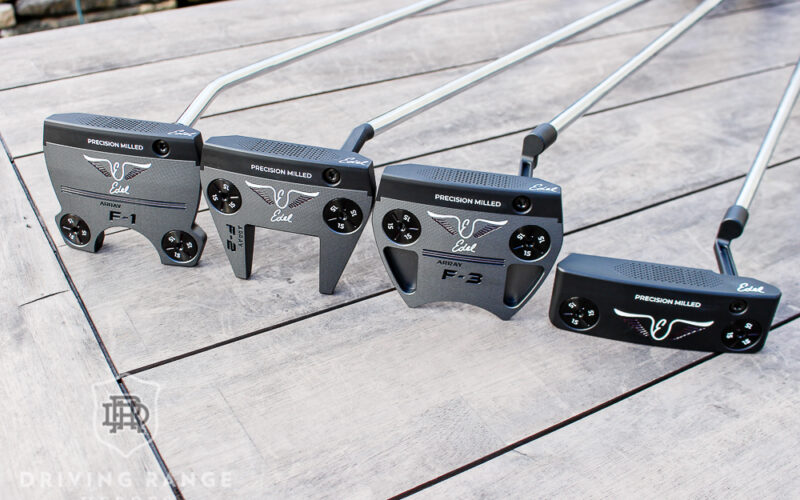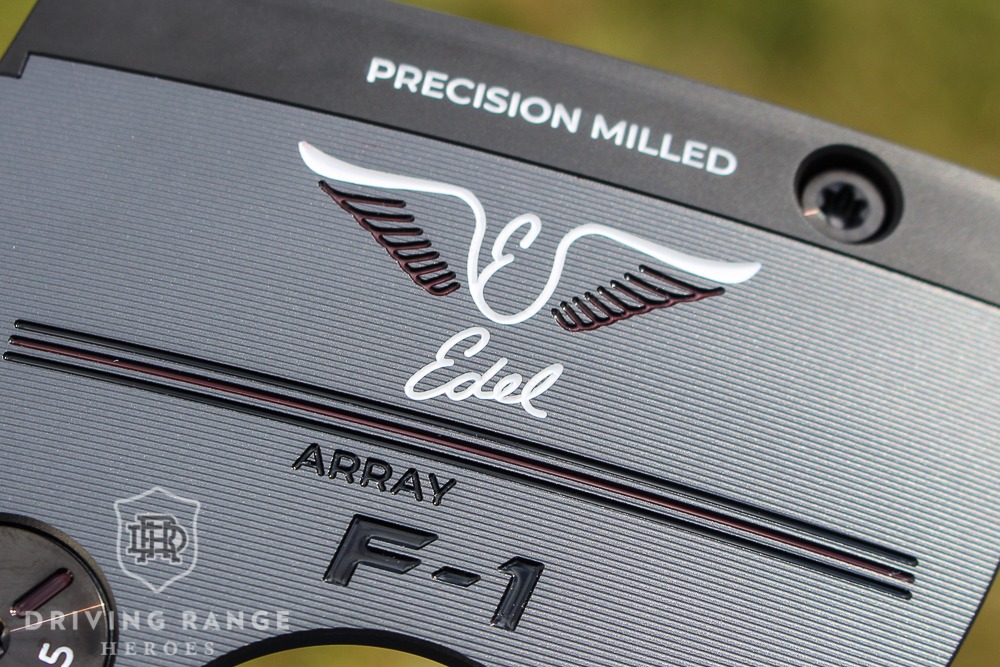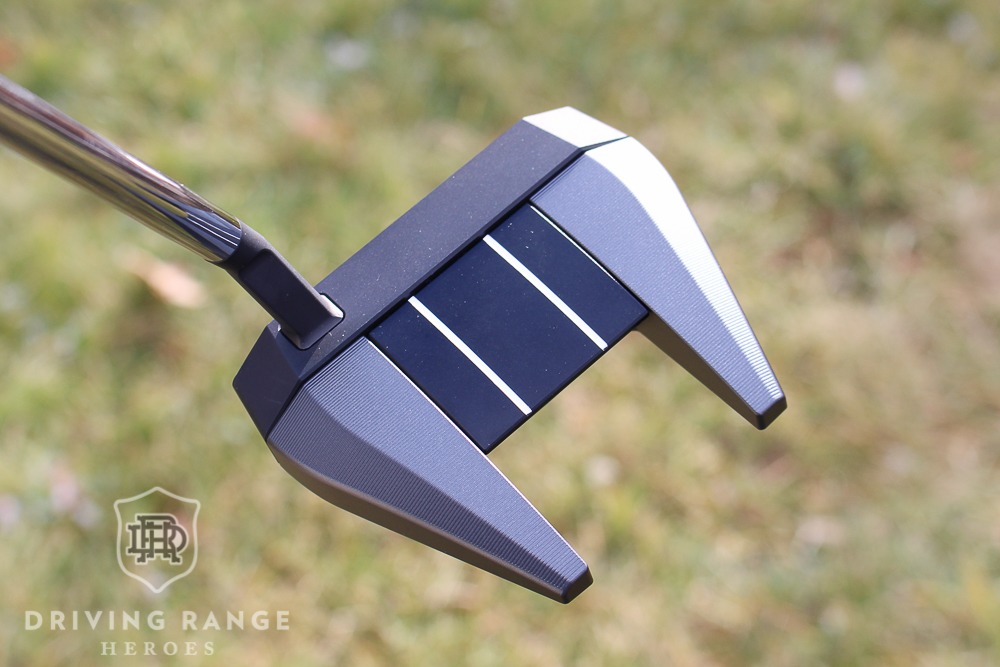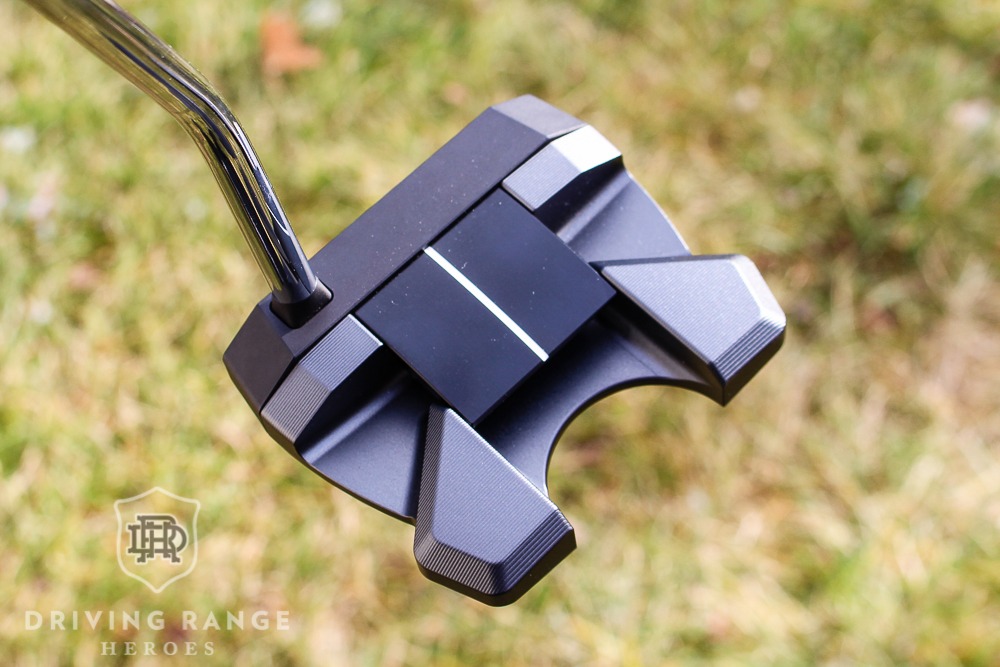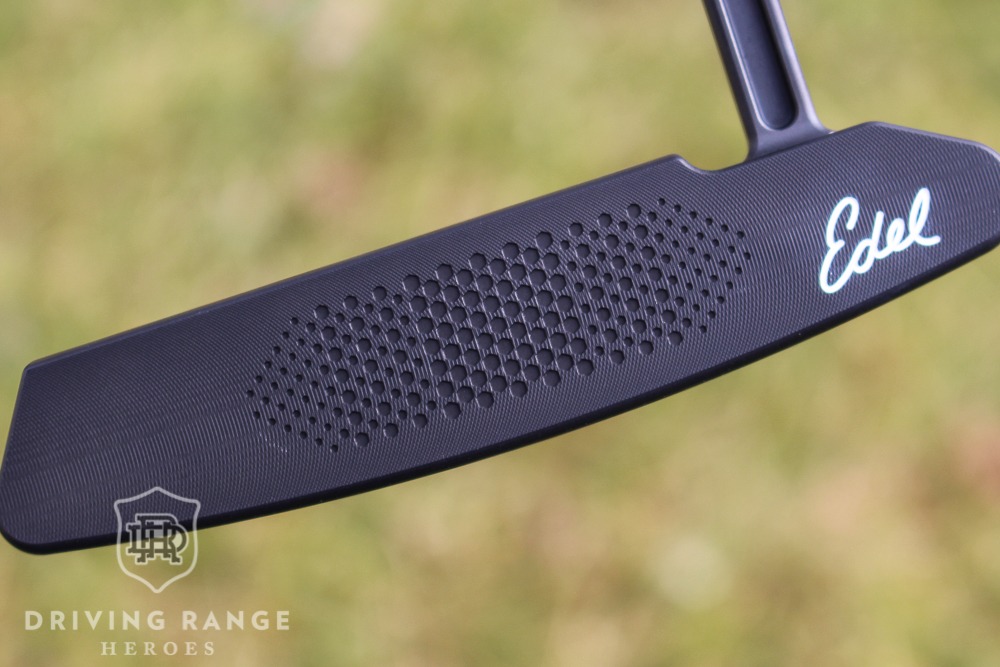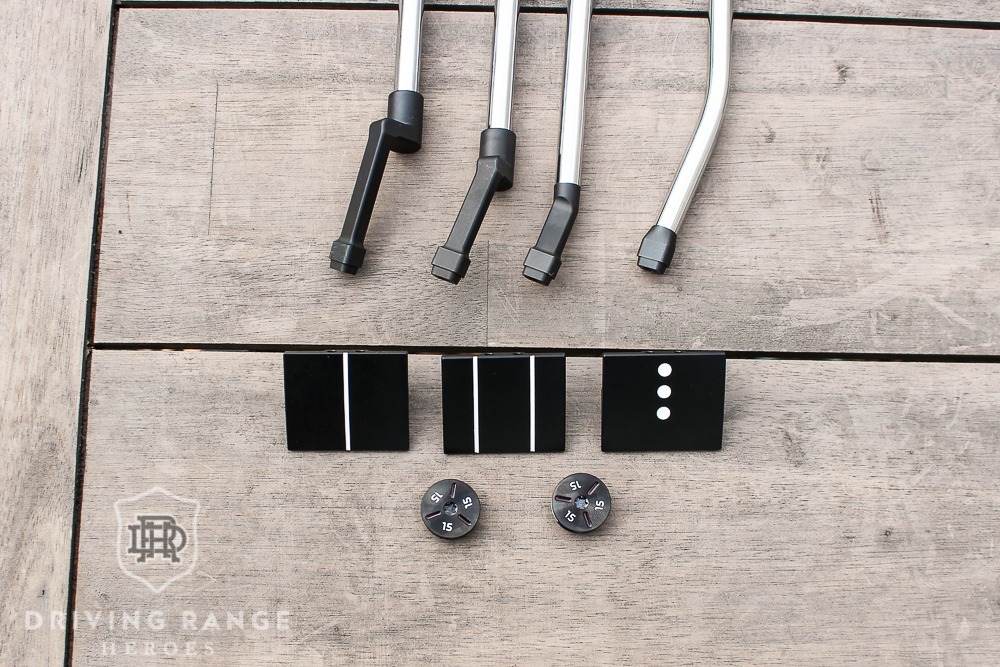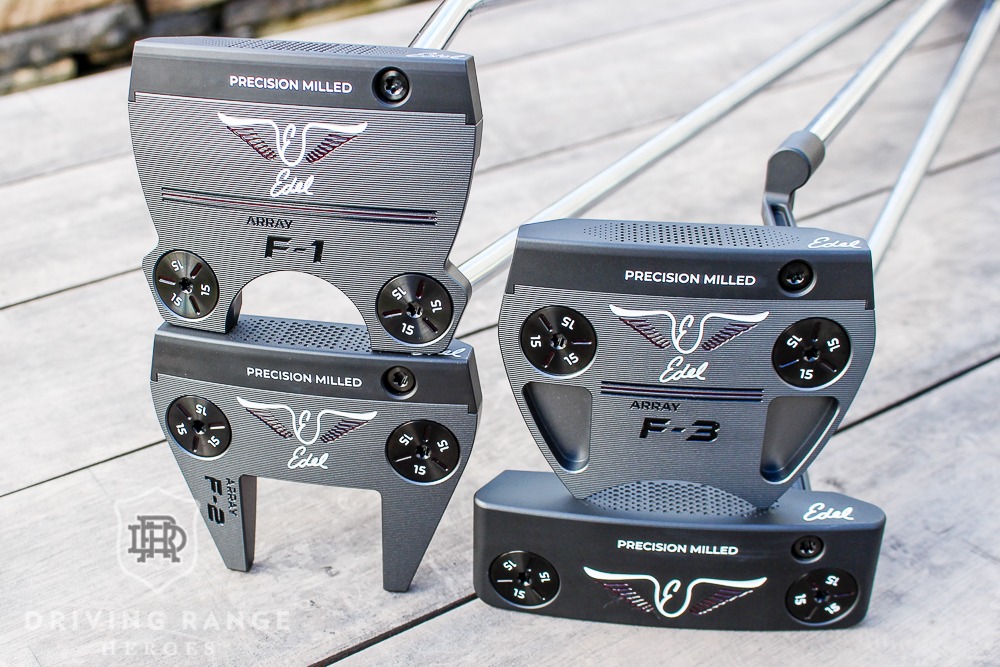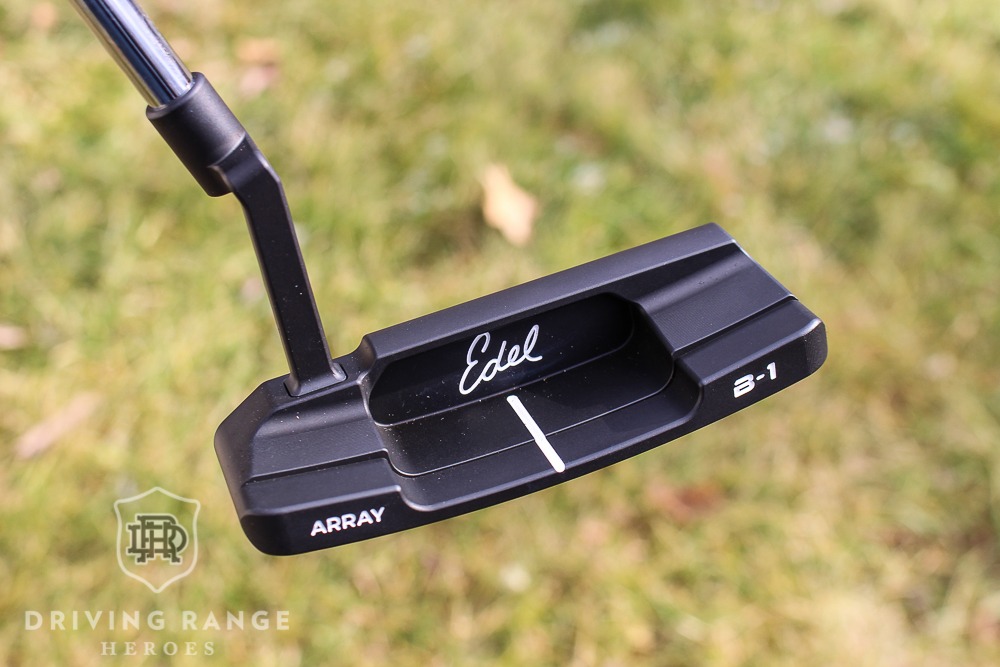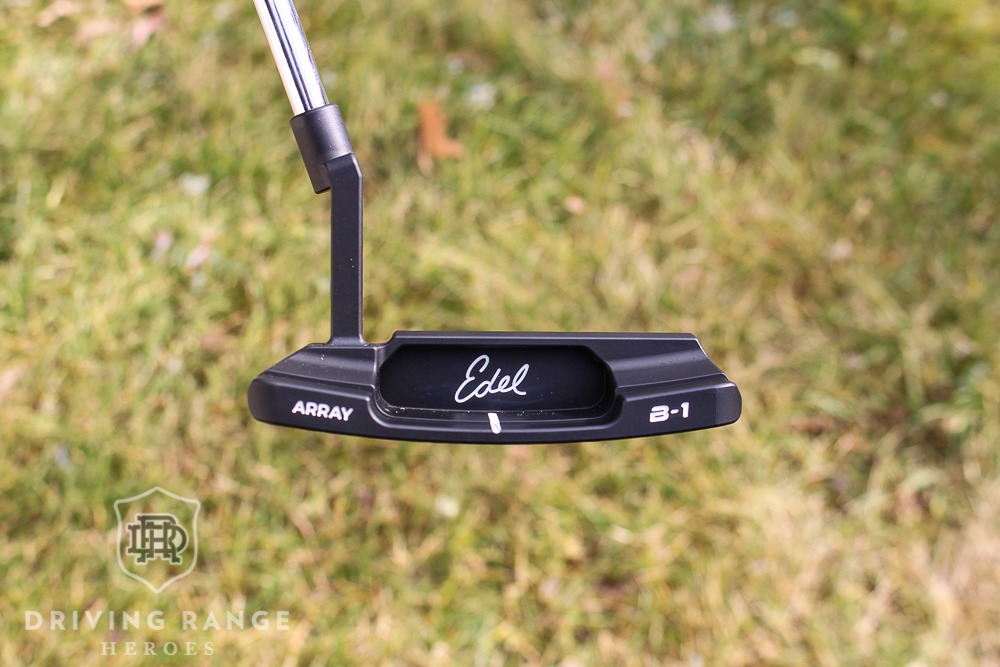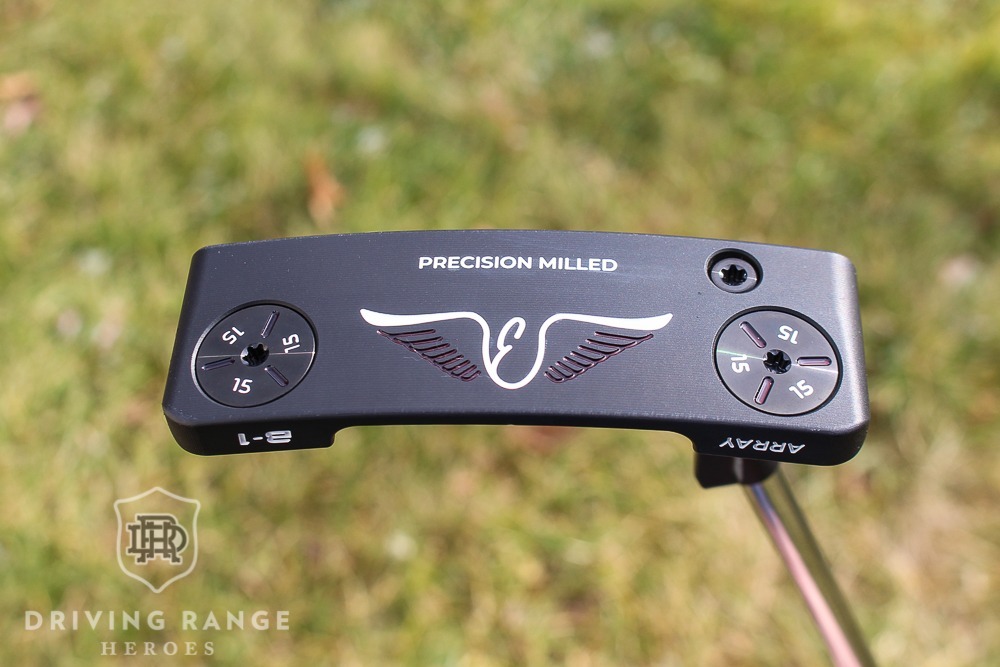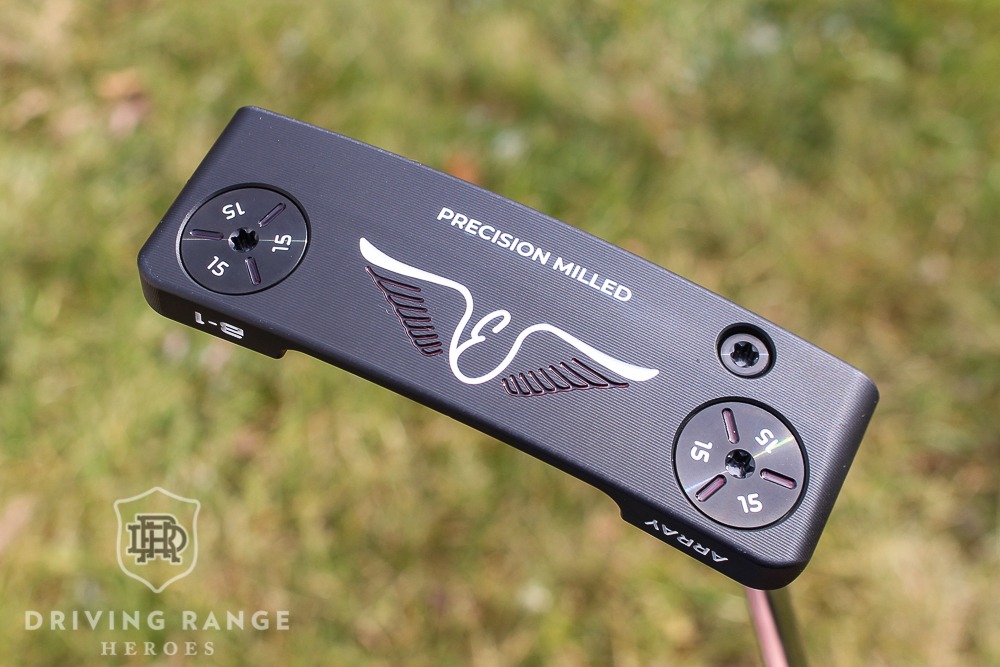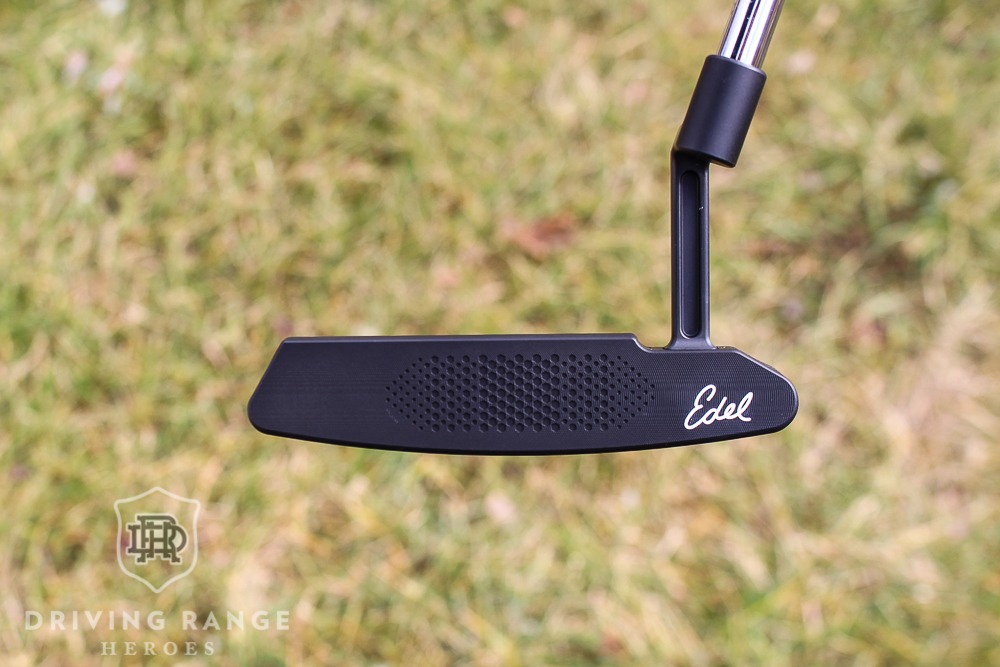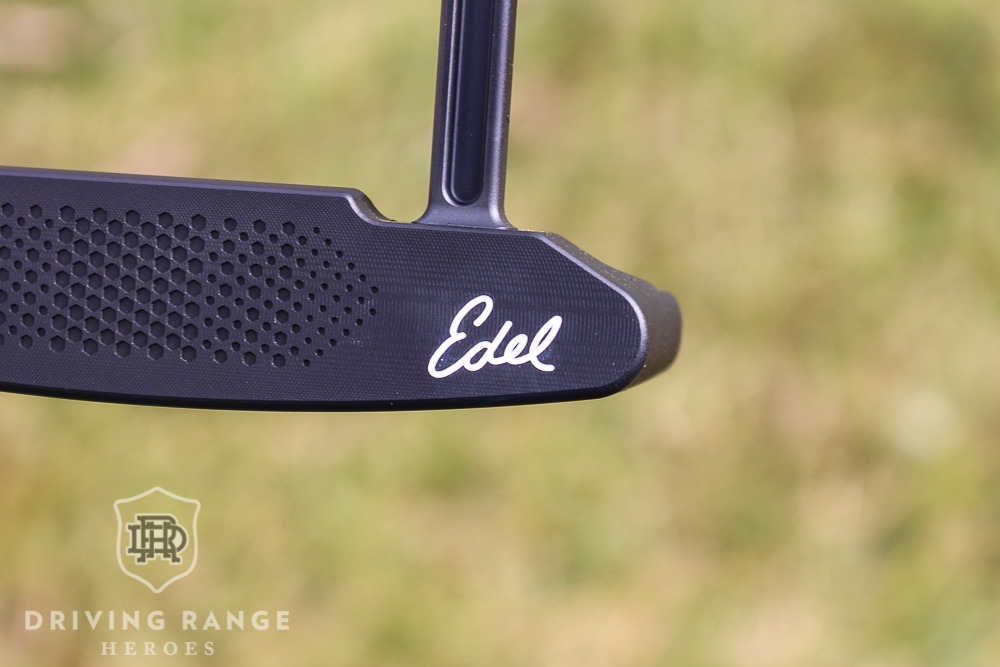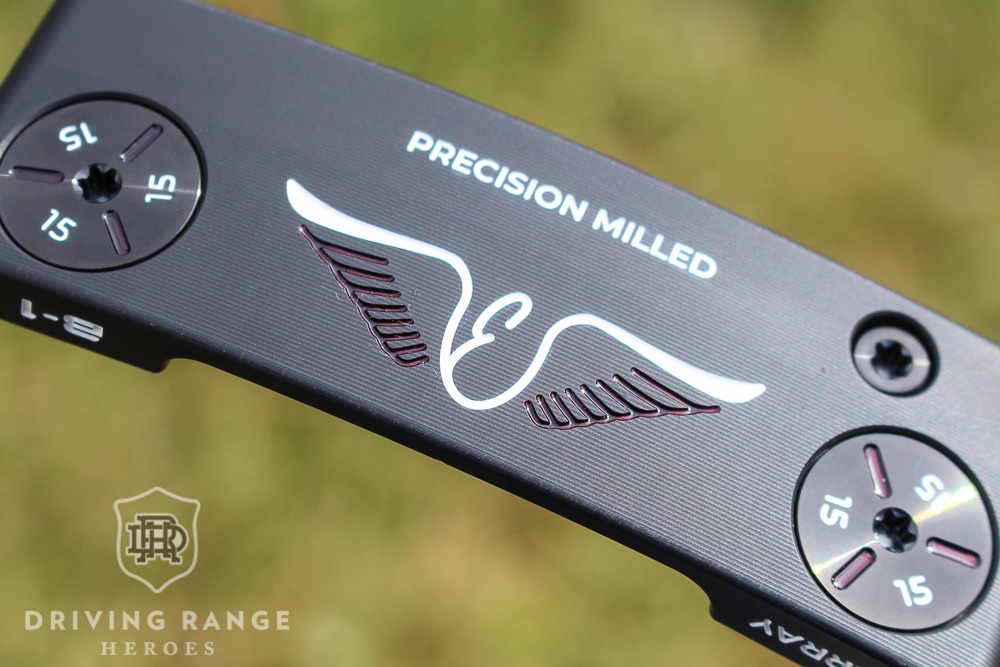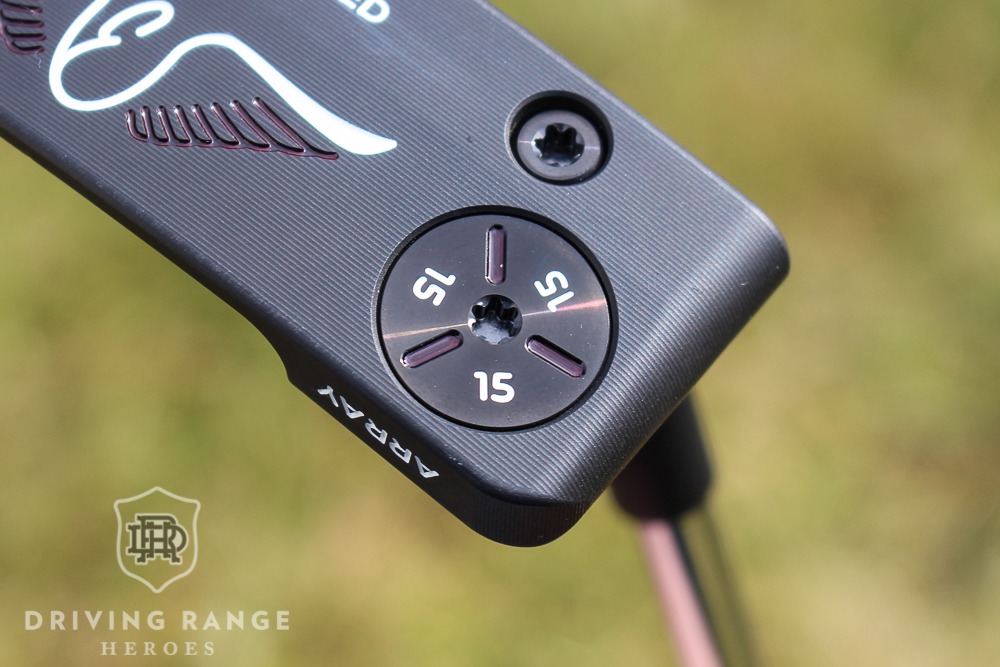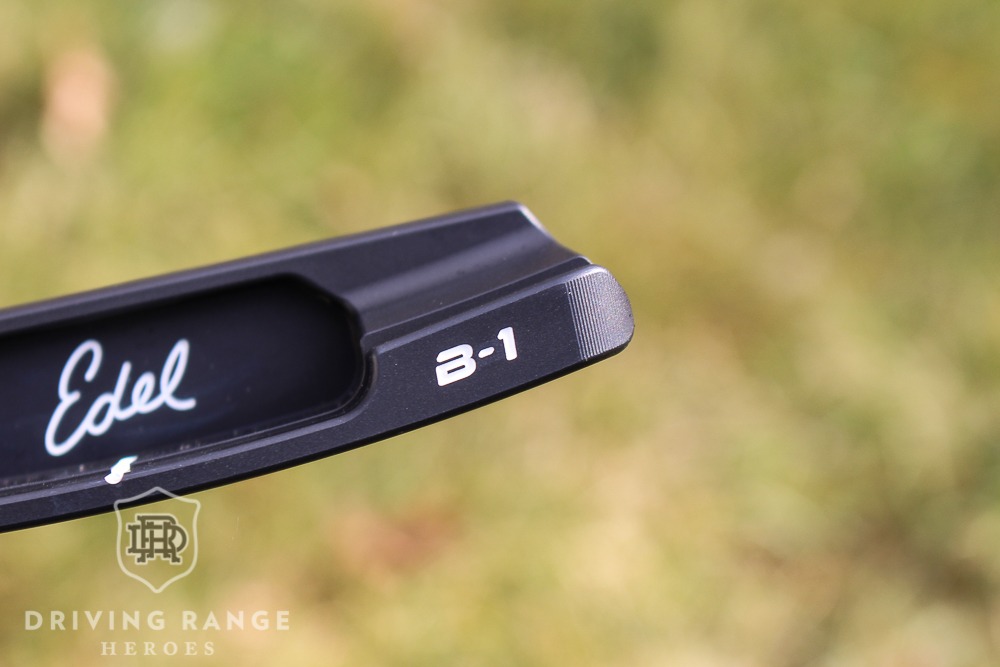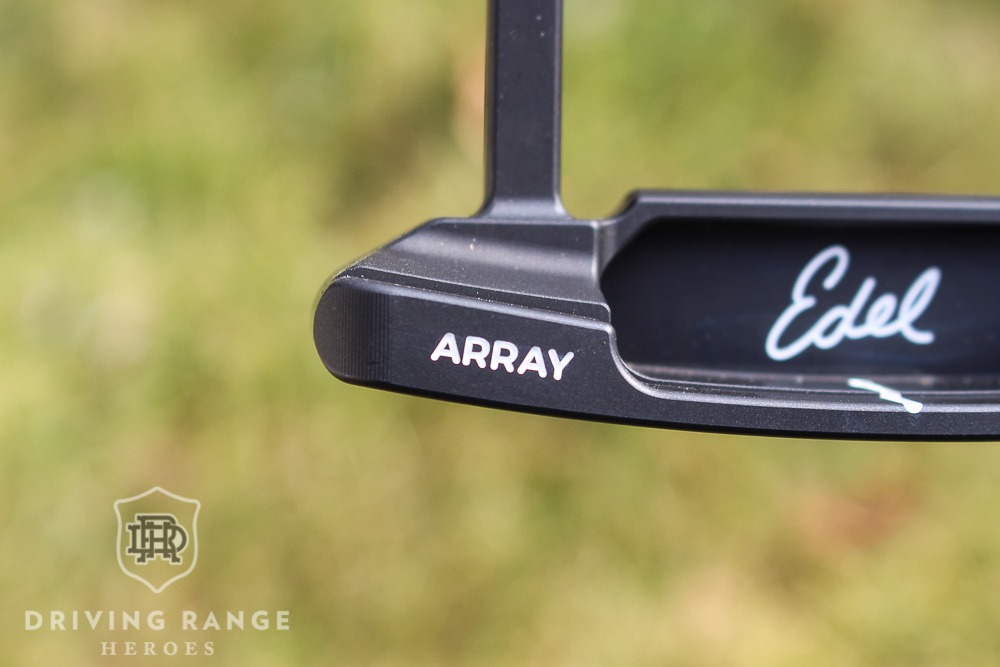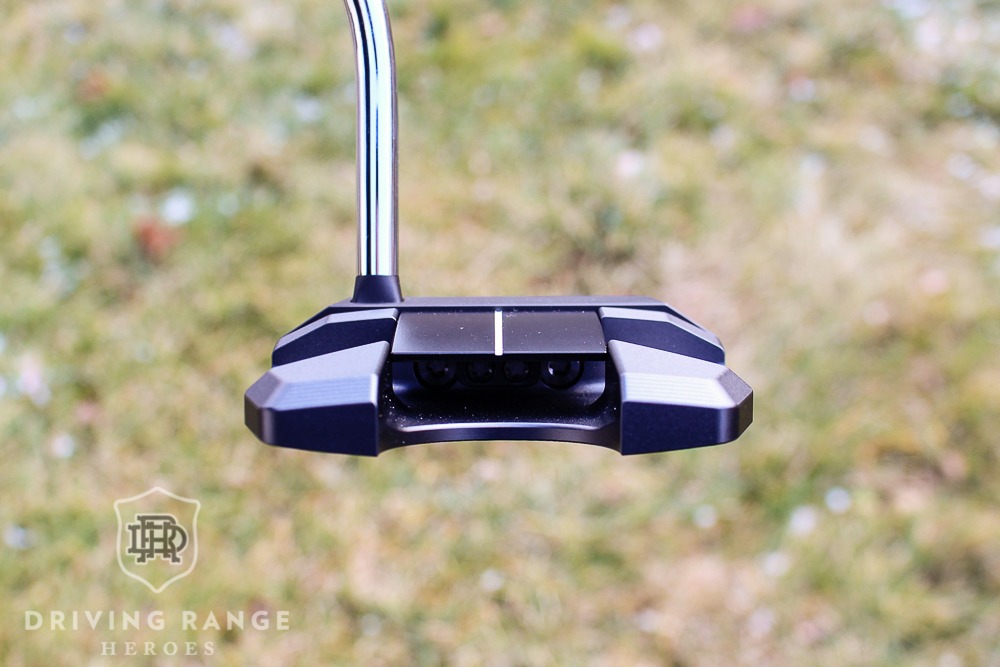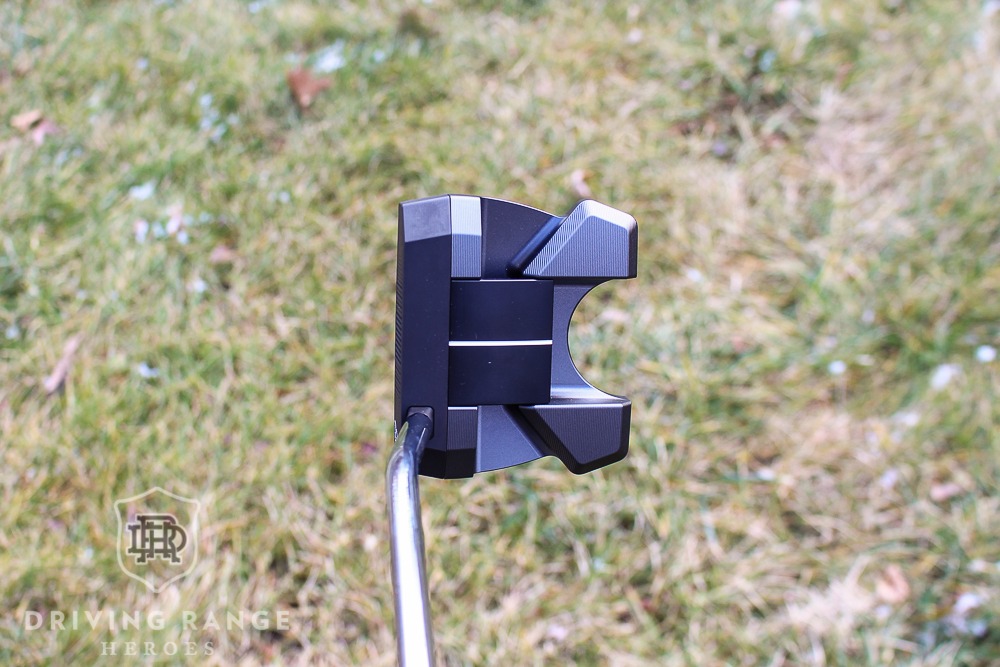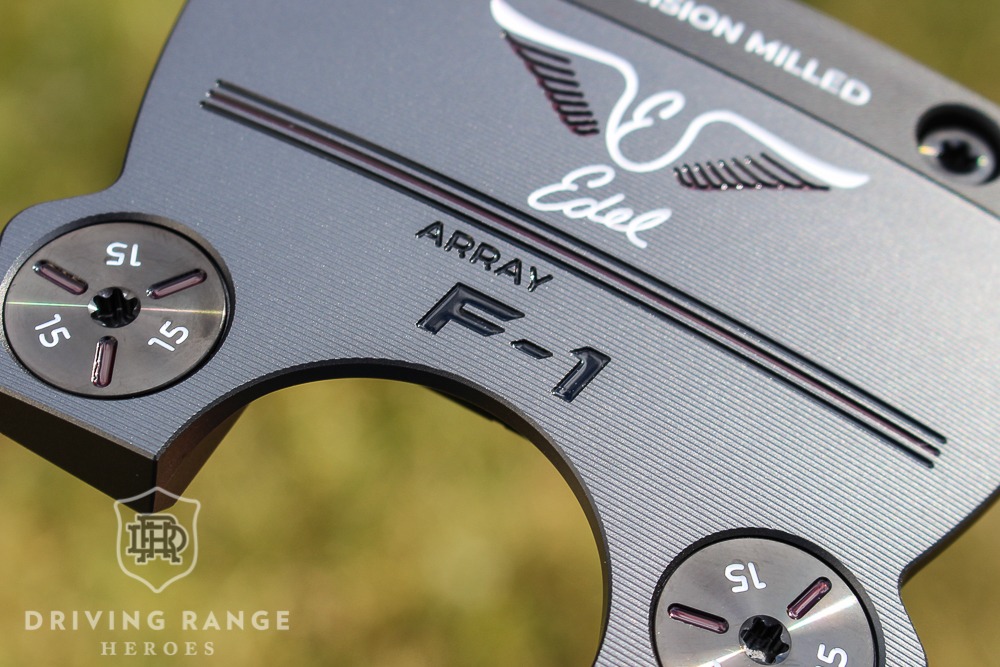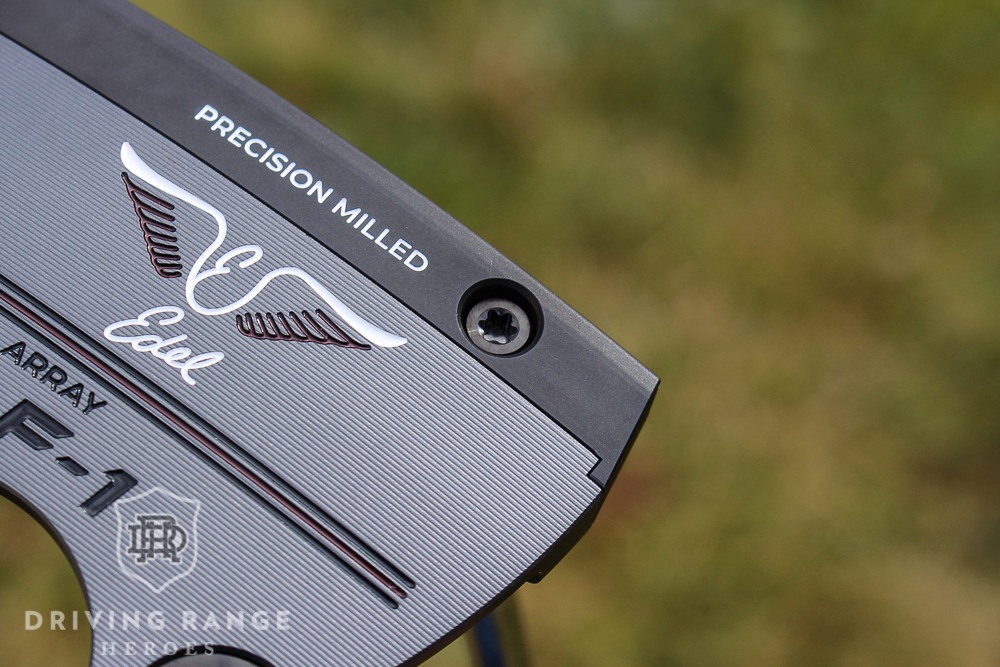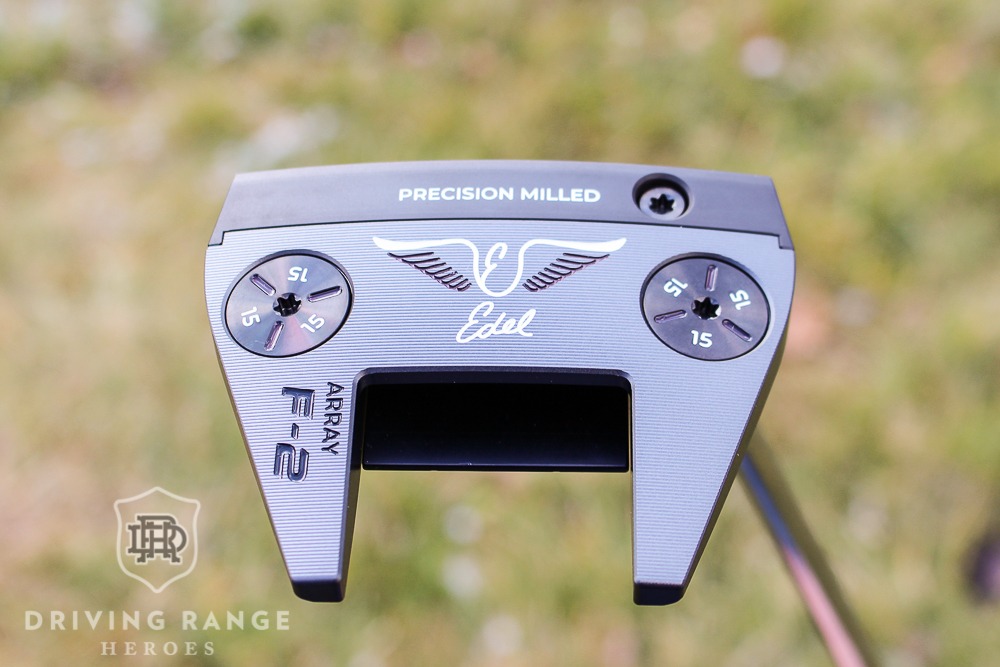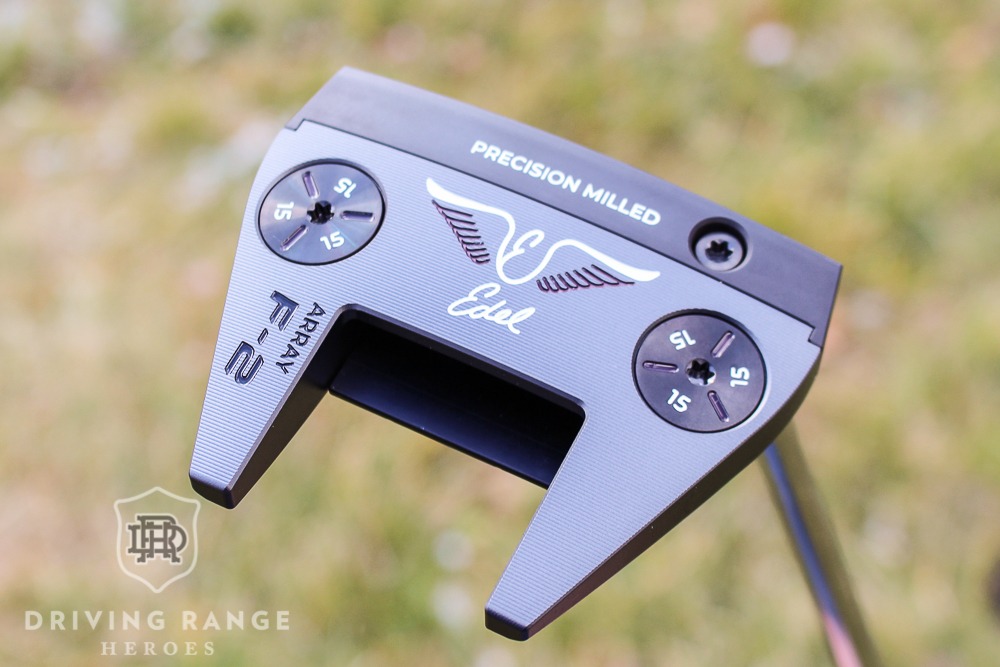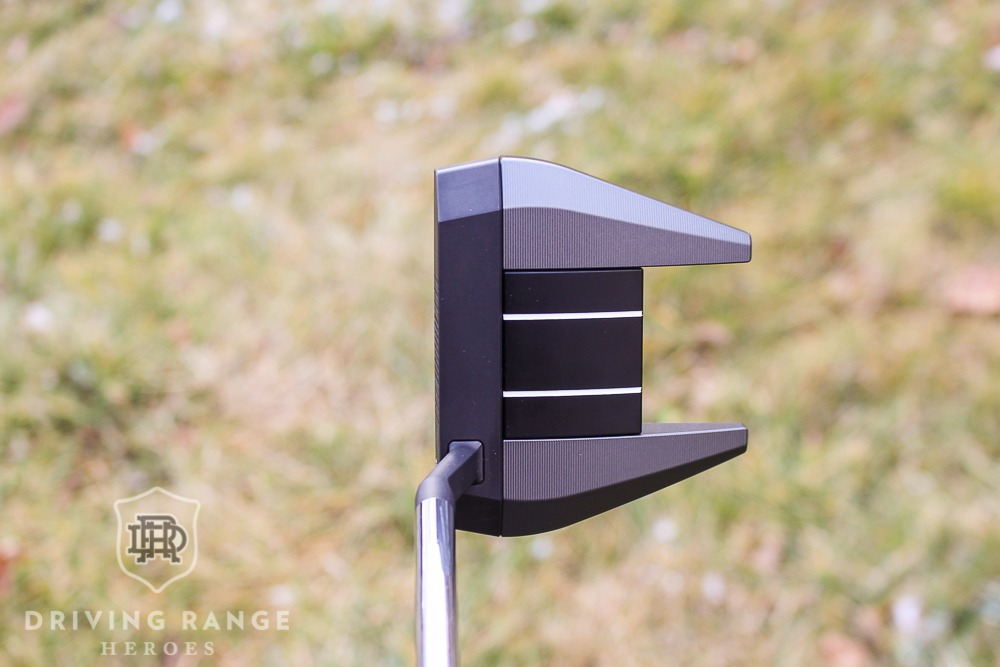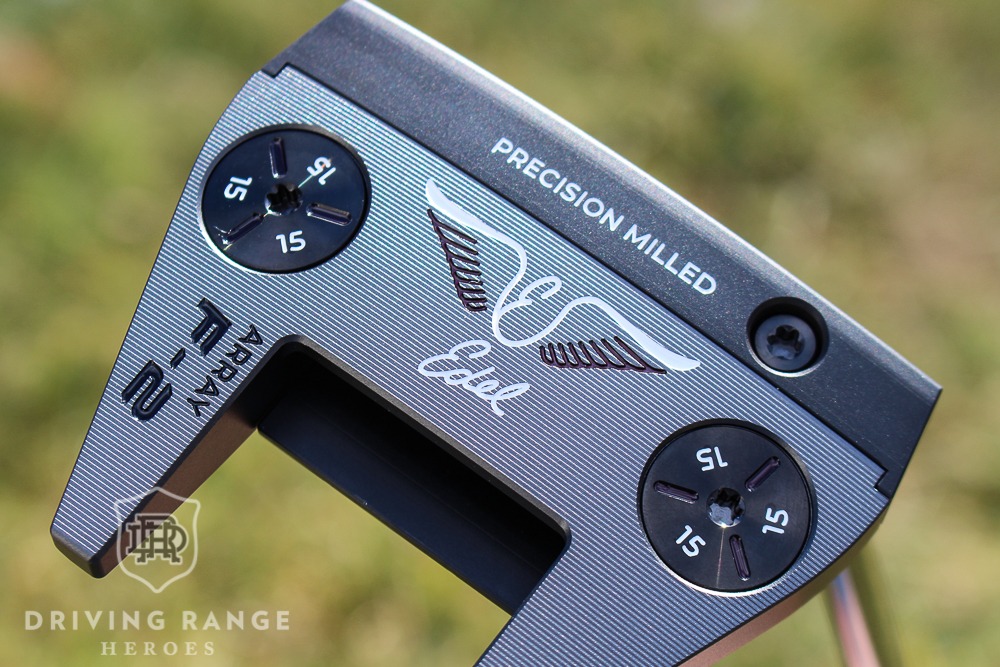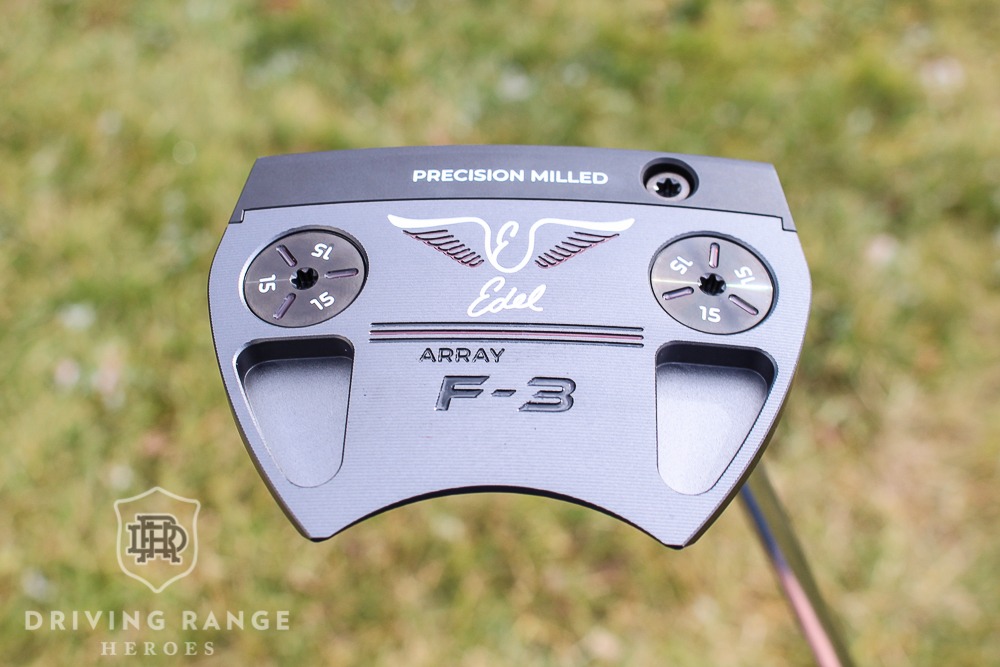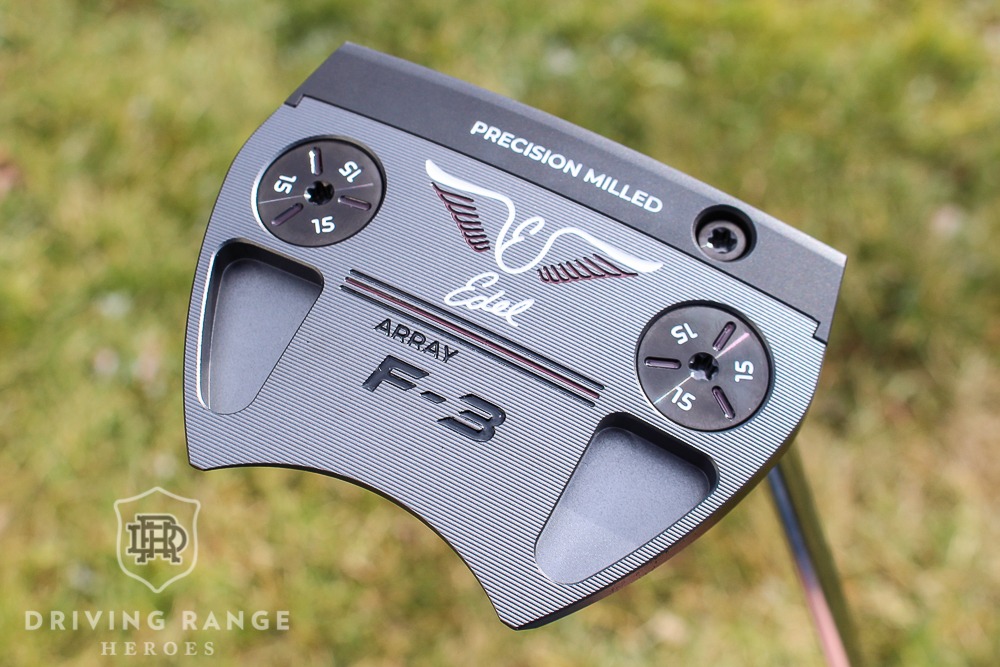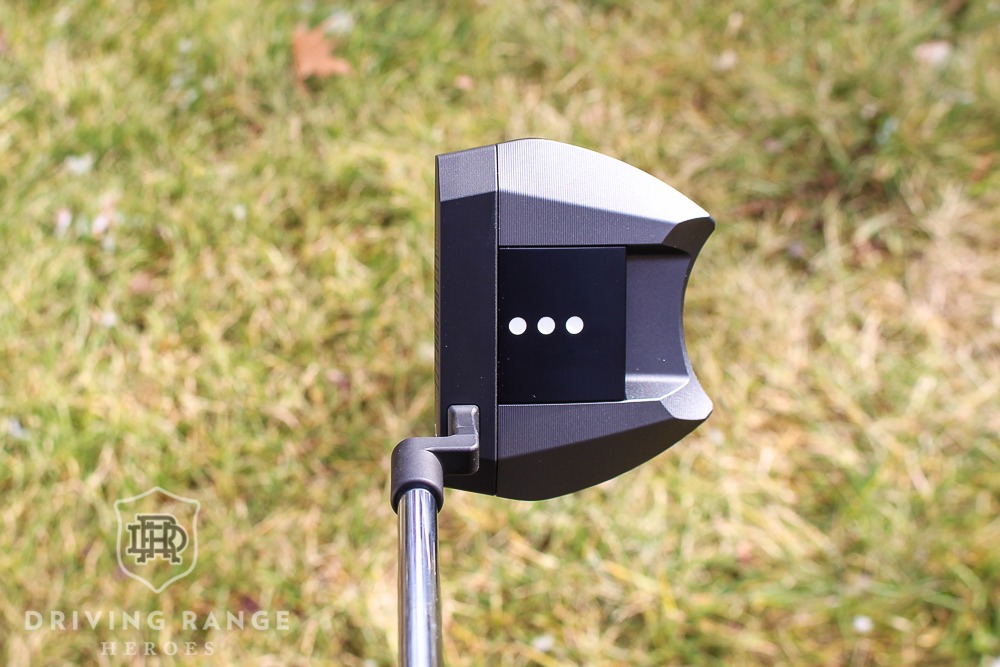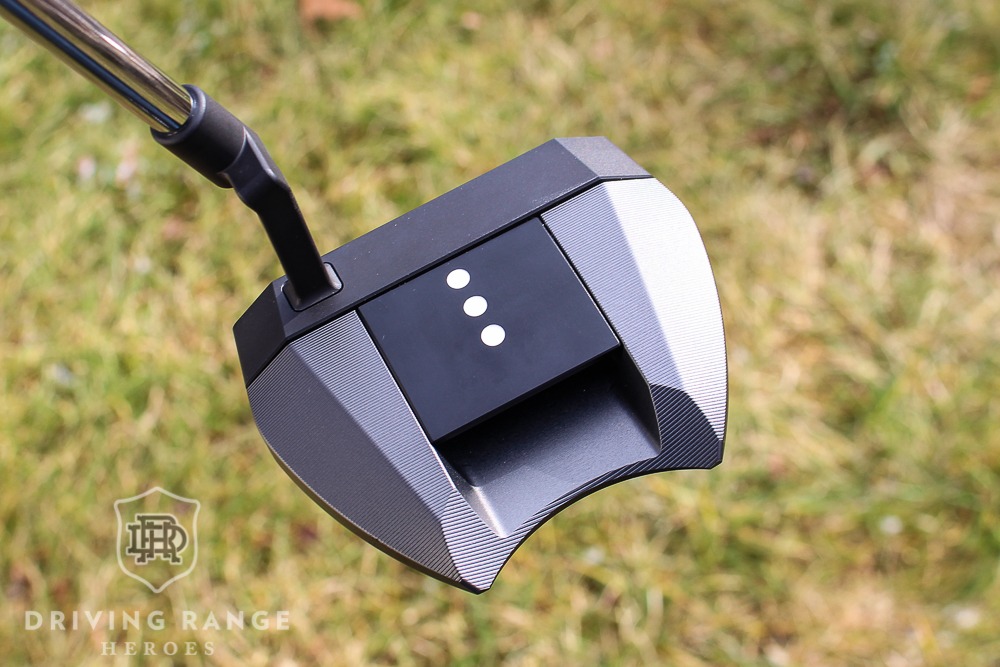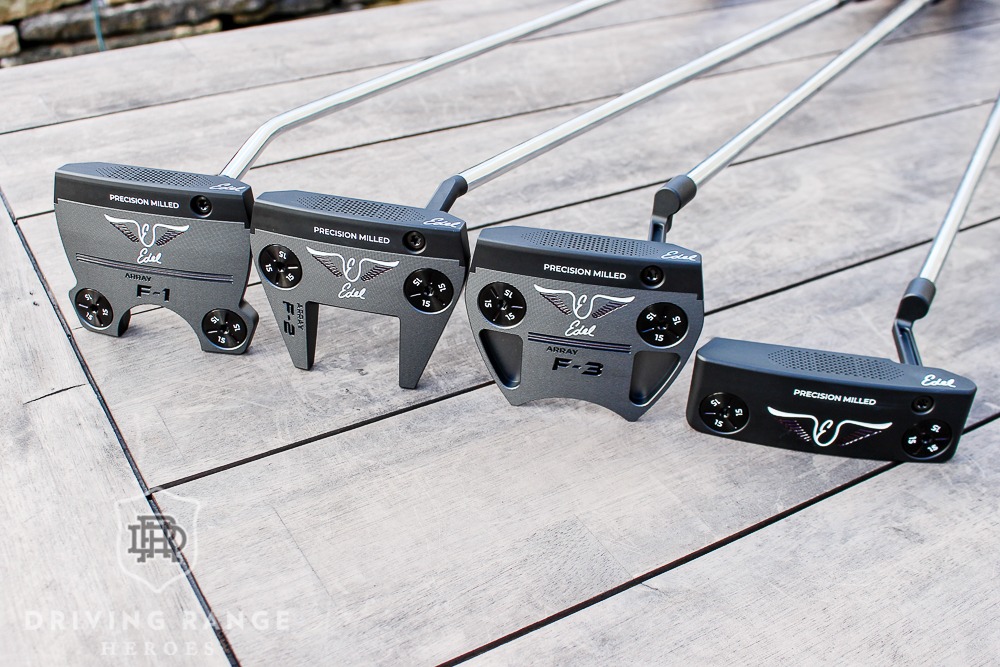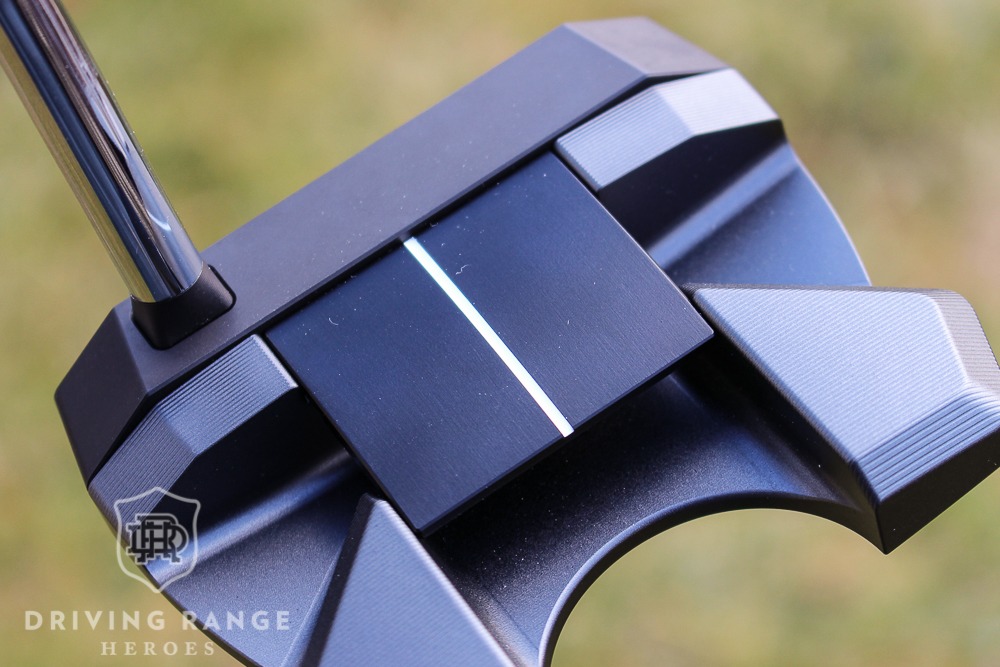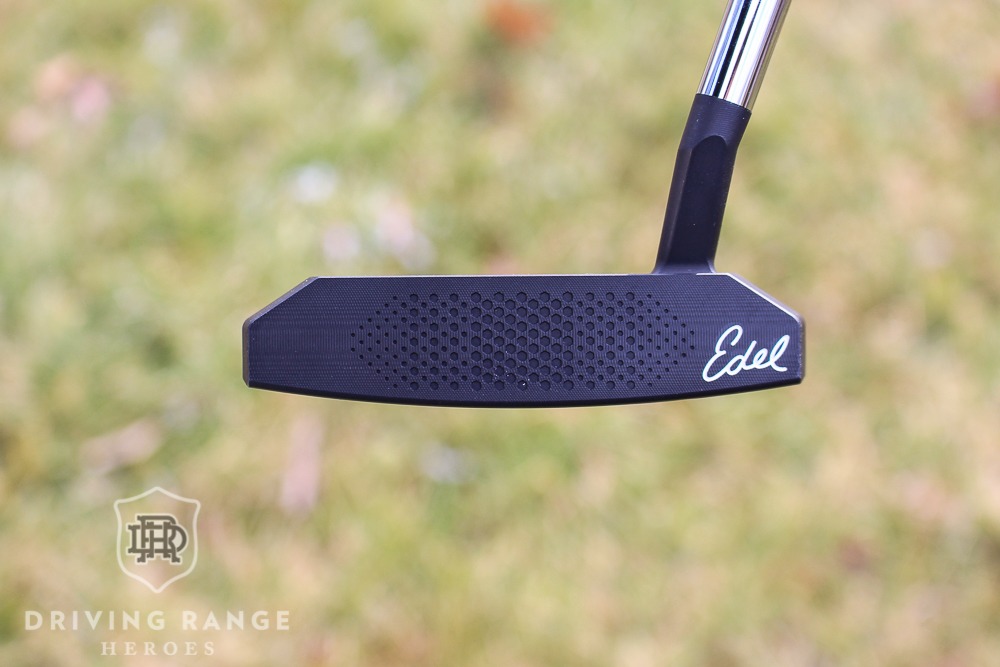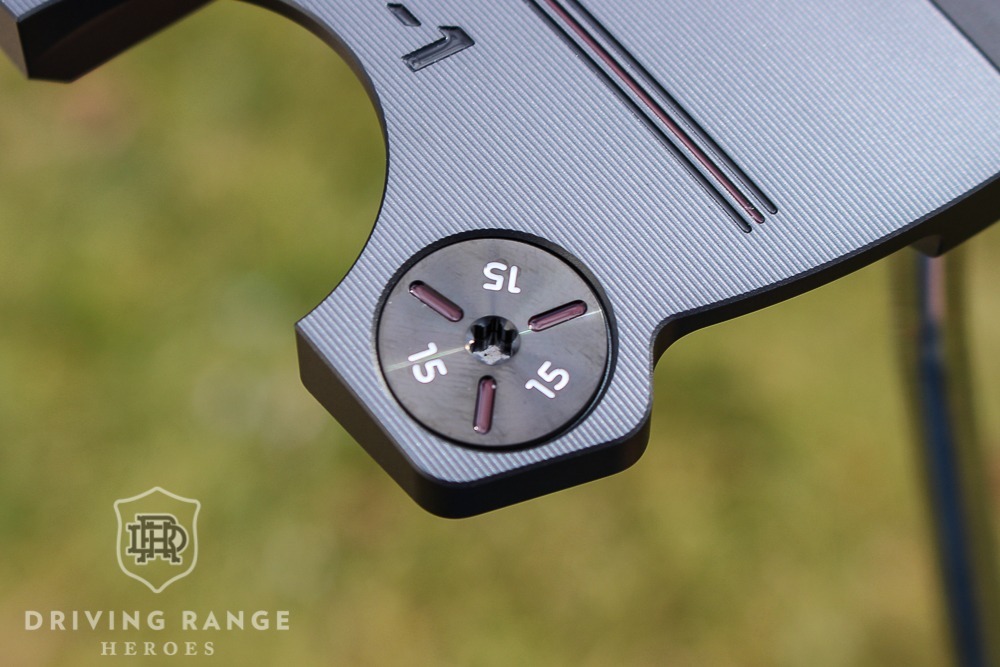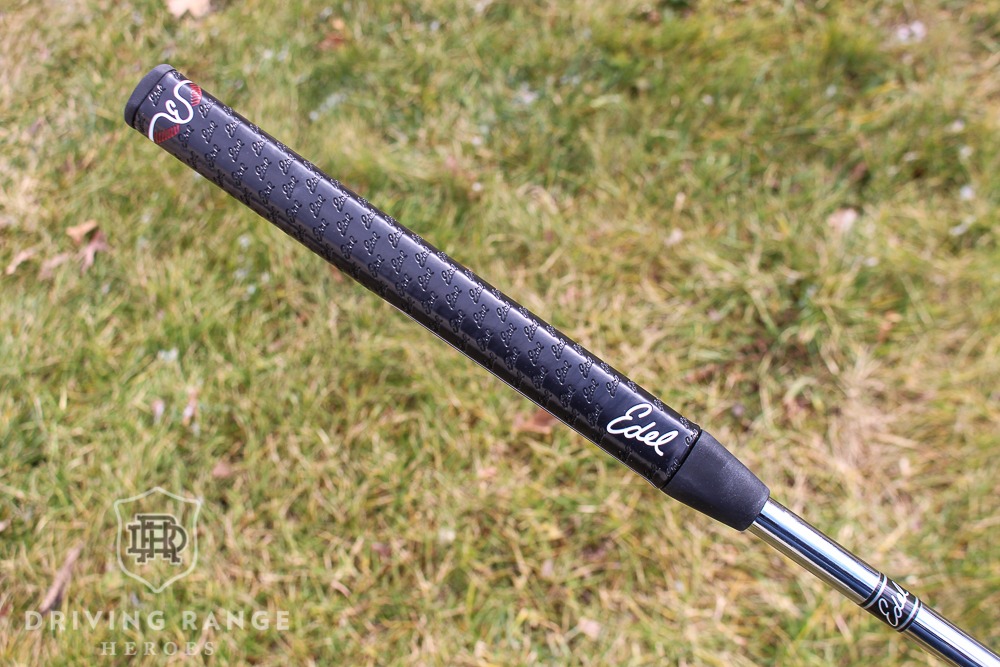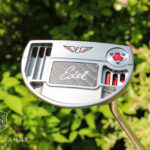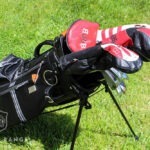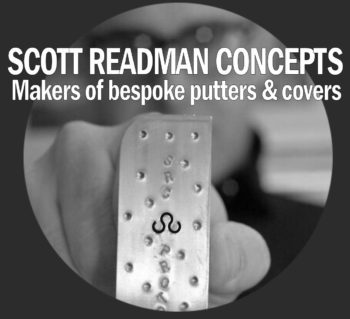Edel Array Putters
Toward the start of the 2023 golf season, I was fortunate enough to visit Edel Golf’s HQ in Denver, Colorado. While there, I went through an extensive putter fitting and ended up with my beloved Edel EAS 5.0. The fitting process was extremely eye opening and the results produced from the slightest tweaks of various components were incredible. But there was a certain level of complexity to the fitting. Don’t get me wrong, I’m absolutely in love with the putter and their process clearly works, but Edel identified an opportunity to simplify this process to make it easier for golfers to fully realize the benefits that their putters have to offer. Enter the new-for-2024 Edel Array putter lineup featuring three different mallet shapes and a new wider blade.
The big advantage of this new lineup is that the Array putters are completely modular. With four different hosel options, four different grips, five different sole weights, and six different alignment plates, each component of the Array putters can be individually selected to create a totally custom putter that’s perfectly dialed in based on the player’s needs and personal aim bias. (We’ll discuss “aim bias” more later.) All of these components can be quickly swapped during a fitting and the golfer will be able to see immediate results.
The Looks
While the previous EAS putter line had a brushed silver finish, the Edel Array putter family features a smoky blacked out aesthetic. The striking surface on the mallets is made out of 1025 carbon steel with a matte “DBM” black finish and the frames are anodized black aluminum. Edel also continues their black/white/red branding with white paintfill and a deep translucent red that I feel has a very rich texture against the putters’ black finish.
If you’re fan of previous Edel putters, you know will notice the three Array mallets are definitely an evolution from previous shapes. The F-1 has a contemporary high-MOI “winged-mallet” shape and the F-2 is a familiar “fang” mallet. My current personal favorite is the F-3 which has a rounded profile with a slight rounded notch in the trailing edge. Lastly, there’s the B-1 blade. The shape is a very traditional blade, but with a slightly wider body. Edel is offering the B-1 with either a standard flange line or an alignment dot on the top line.
When I first started swapping hosels and alignment plates around, I was astounded at how much it impacted each putter. Any simple change could make any single head look like a totally different putter. Without doing any formal fitting, I could immediately see how I naturally setup and aimed a putter differently based on the components. This is where that “aim bias” I mentioned earlier comes into play. I also found this to be consistent during my testing across all four putter models. So my message here is to not be scared to try as many different setups as possible. Not only will the putter just look different to your eye, but it will also have a direct impact in how well you aim the putter.
How Does it Feel?
As one would expect, the feel of the Edel Array putters will strongly depend on your setup. Very specifically around head choice, weight selection(s), and hosel. These factors will heavily influence the balance and stroke of the putter, thus influencing feel. Obviously the mallet heads will naturally have a more stable/balanced feel. Should you get a full, thorough fitting and add Tour Lock Opti-Vibe internal shaft weights, that too will have an impact on the feel. I would go so far as to say that I feel the Opti-Vibe is/was the “magic sauce” to my success with my Edel EAS 5.0 putter. If you’re looking for counter balancing an Array, get fit!
With the three Edel Array mallets’ bodies being comprised of a separate frame and striking surface, special care went into tuning the feel from impact. Between the carbon steel striking surface and forged aluminum frame is a rubber “insert” and dampening tape. This insert is really more of a “pad” between the two metals than it is an insert. This helps to soften the feel and make the impact smoother off of the face. Given the B-1 blade is a single piece of carbon steel, it does not have this dampening insert. As a result, the feeling is a bit more direct and/or precise. I wouldn’t say it’s firm and clicky, but the overall design allows for a less muted feel. That said, carbon steel is known for having a certain “sweetness” to its feel and the B-1 definitely has that.
How Does it Sound?
Since all of the Edel Array putters have a lighter face milling, the sound is a bit more direct. Naturally, each putter has a different construction and shape so the sounds will vary slightly. The rubber insert/pad and tape make a huge difference in dampening the tone on all three mallets. As I mentioned, the sound will vary a bit between them, but generally speaking, it’s a firm “tock”. Of course, as you deviate from the sweet spot, the sound will change as well. Fortunately, the sweet spots are fairly generous!
The B-1, like its feel, has a more pronounced sound. It’s closer to a “tick” as a result of the thinner top line/face and no rubber dampening materials. The sweet spot is much smaller (albeit larger than your traditional blade) than the mallets so the sound will change quicker. As you venture away from the sweet spot, it gets clickier and more metallic. Pretty par for the course when it comes to “non-insert” blade putters.
One thing that I feel is worth pointing out is that the hosel choice can have some impact on the putter’s sound. This is the case with any putter, but it’s definitely worth considering with the Array putters. For instance, when I tested the B-1 with the long plumber’s neck, the sound was definitely higher pitched and firmer. When I switched over to the single bend, the sound softened up quite a bit and muted a little. I’m sure this is basic acoustics, but it’s definitely worth keeping in mind when you’re going through the fitting process or making your own choices. In others words, test them all!
On-Course Performance
I first learned about the amount of research Edel put into aim bias is relates to putting when I went to my fitting last year. Through extensive research, they discovered a few interesting key points. Edel found that 3% of golfers aim correctly at address. 20% of golfers can aim within the width of the hole, but have loft issues. 80% of golfers are unable to aim within the width of the hole even when they have the correct loft. Through Edel’s fitting process, not only did they address this for me, but they made aiming the putter practically automatic. The new Array putters allow you to be able to dial in a wide range of configurations with any of the head shapes to address your aim bias.
Issues with aim bias lead to further issues that directly impact your putting performance to over correct. With unreliable aim, you’ll quickly run into problems with things like face rotation and speed patterns, amongst others. I found this to be glaringly obvious as I worked through the various combinations across all four Array putters. With more ideal configurations, my setup to the target and speed control were practically automatic. My stroke would also be much quieter, smooth, and consistent. Obviously this resulted in much better rolls, more holed putts, and better misses. It was often immediately apparent when a putter setup wasn’t ideal as I was lining up poorly and my stroke got real noisy.
While I wasn’t conducting a guided professional fitting, the hours of testing different combinations and using my own basic “checks” were pretty effective. The Edel Array F-1 and F-3 with the single-line alignment plate and single bend shaft were clearly the best two setups for me. Both putters had incredible stability and were nice and quiet throughout my putting stroke. I was practically 100% in hitting my intended lines with extremely reliable speed control. The faces produced an efficient roll that was nice and true on a variety of different speeds.
Final Thoughts – Edel Array Putters
Following my extensive testing, I feel that the Edel Array putter line keeps what’s great about Edel putters, but delivers a more modernized and simplified product line. Everything from the new shapes to how players can be fit into the product defines this. I personally think the new Array F-3 is the best looking mallet I’ve seen from Edel. It will be interesting to see how this whole process evolves over the next few months for me. My current EAS 5.0 is a fantastic putter and doesn’t have to leave my bag, but the Array F-3 (and even F-1) is definitely making a case. I like what I’m looking down at, how they feel throughout the stroke, and the results that I’m seeing. Of course, the proof will be when the regular golf season returns and we see how they perform on course.
You don’t have to wait for the warmer weather, however! The Edel Array putters will be available starting February 16th of this year. I can’t recommend an Edel putter fitting enough as it worked wonders for me, but the Array putters will also be available in a wide range of configurations “off the rack” at many retail locations. And good news lefties! All three mallets are available in left handed with three different hosel options.

